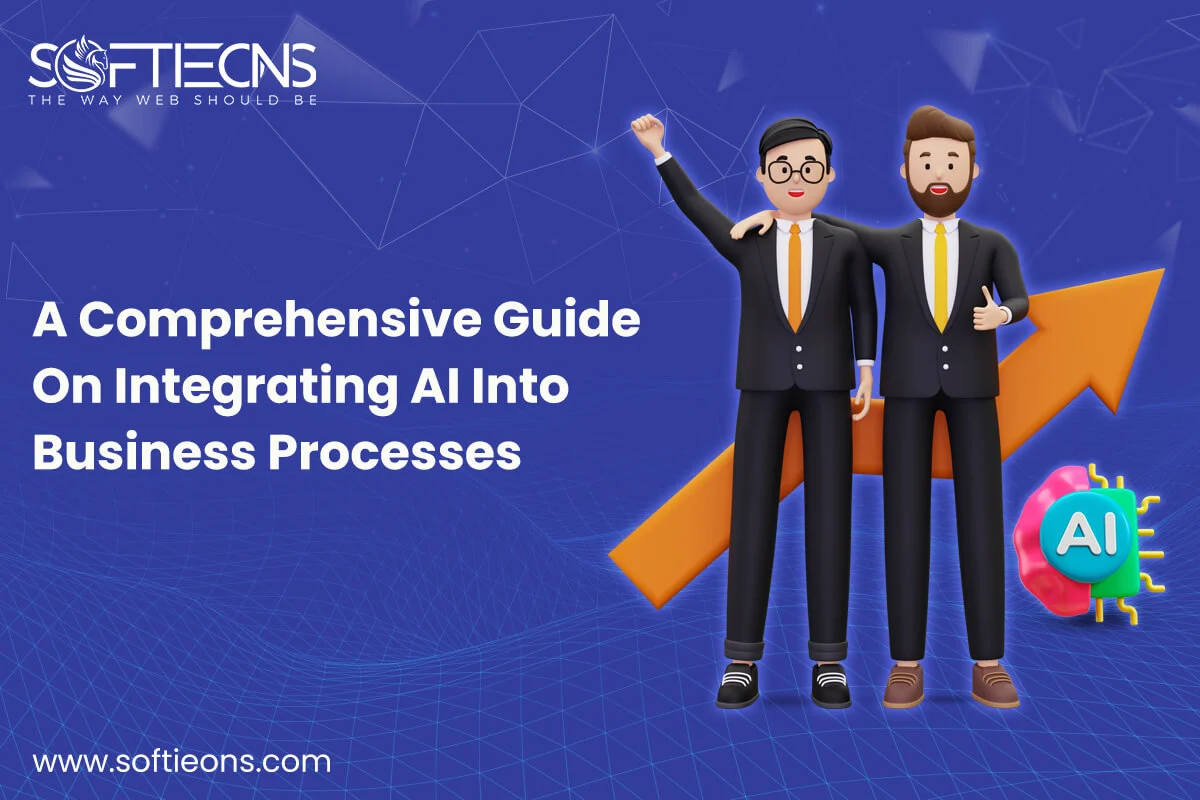What is Deep Learning?
Mon, 12 Apr 2021
Deep learning is a type of machine learning (ML) and artificial intelligence (AI) that mimics the way people gain knowledge of certain types. Deep learning is a key element in data science, including statistics and predictive modeling. Data scientists who are tasked with collecting, analyzing, and interpreting large amounts of data are extremely benefited; deep learning makes this process faster and easier.
What is Deep learning?
Deep learning is the concept that is today defined as computational intelligence used to gather knowledge, learn from that experience, and build complicated concepts from simple ones. As an ML field and an AI subfield, deep learning focuses on modeling the human brain within the data collection and data analysis context.
Today, from search algorithms to pattern recognition and object detection, they are the central unit of every machine learning system. But the architecture of this neural network is not as easy to understand as it might seem.
How deep learning technology works?
Artificial neural networks’ basic idea is to train the system by feeding it a lot of data called a training set. The training process is adjusted to become more efficient, as the network “learns” the basic rules. A regular Deep Neural Network (DNN) is a set of algorithms for recognizing patterns, clustering, and classifying data.
Deep learning systems have their environments where the task is to create a neural network for analyzing various types of data such as images, sounds, or texts. Neural networks use various layers of mathematical processing within these environments to make sense of the information received from the outside world. Stacked neuron layers that form a network enable input units to pass through them to transform incoming data and deliver the correct output.
What is deep learning used for?
Customer Experience:
Deep learning models for the chatbots are already being used. And, as it continues to mature, to improve customer experiences and increase customer satisfaction, deep learning is expected to be implemented in various companies.
Generating text:
Machines are taught a piece of text’s grammar and style and then use this model to automatically create a whole new text that matches the original text ‘s proper spelling, grammar, and style.
Aerospace and Force:
Deep learning is used to detect objects for troops from satellites that identify areas of interest, as well as safe or unsafe zones.
Industrial machinery:
Deep learning enhances worker safety in environments such as factories and warehouses through the provision of services that automatically detect when a worker or object gets too close to a machine.
Add color:
Using deep learning models, color can be added to the black and white photos and videos. This was an exceedingly time-consuming manual process in the past.
Research in Medicine:
Cancer researchers have begun implementing deep learning into their practice as a way to detect cancer cells automatically.
The vision of Computers:
Deep learning has greatly enhanced computer vision, providing extreme precision for object detection and image classification, restoration, and segmentation to computers.
Limitations and challenges include the following:
Deep learning calls for large amounts of data. Also, more parameters will be needed for the more powerful and accurate models which require more data.
Models of deep learning become inflexible, and cannot handle multitasking. They can deliver efficient and precise solutions, but only to one particular problem. It would even take retraining of the system to solve a similar problem.
Any application requiring reasoning such as programming or applying the long-term planning and algorithmic scientific methods such as data manipulation is beyond what current deep learning techniques can do, even with large data.
Conclusion
Deep learning technology is still in its infancy in today’s technology world. Yet it already has many incredible and interesting applications across a wide range of industries. It can do speech recognition, word to text translation, image processing, black-and-white image colorization, etc. So, never was a better time to become a part of it here. It must be easier to understand deep learning technology’s current and future capabilities and see what to expect from the next computing revolution.
POPULAR POSTS
Shopify vs. WordPress: Which one is best for e-commerce?
Wed, 07 Apr 2021Role of IoT in the Real Estate Industry
Wed, 14 Apr 2021Why UX And UI Is Important For Mobile Application Development
Sat, 01 May 2021Telemedicine's Advantages in Nursing Homes
Fri, 24 Dec 2021RECENT POSTS
Exploring the Benefits of Professional Website Design Companies
Fri, 29 Mar 2024Understanding The Role Of Web Design Firms
Fri, 22 Mar 20245 Benefits Of Using Angular For Your Web Development
Tue, 05 Mar 2024A Comprehensive Guide On Integrating AI Into Business Processes
Thu, 29 Feb 2024









